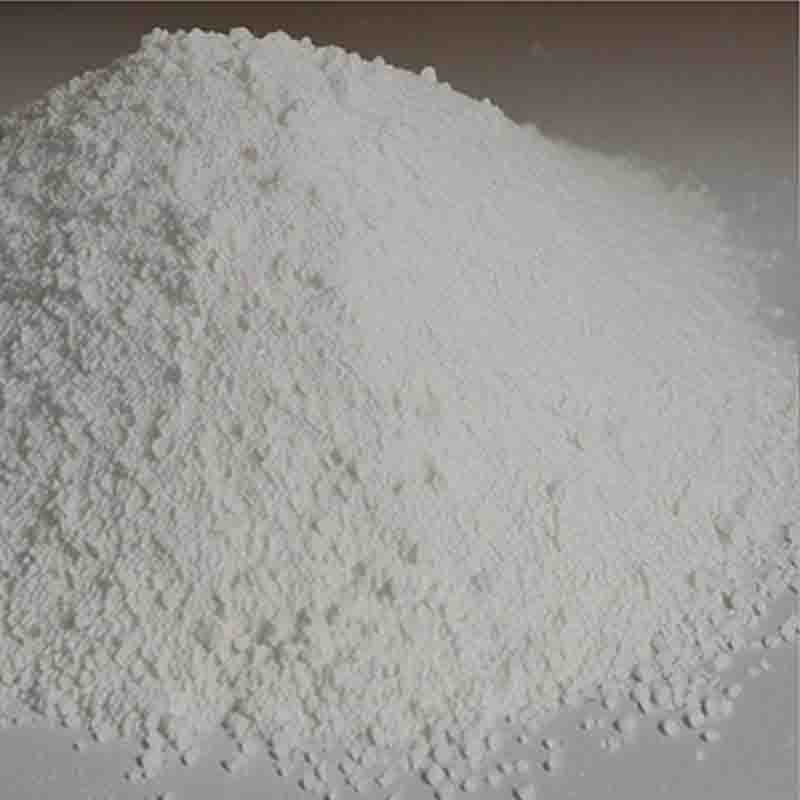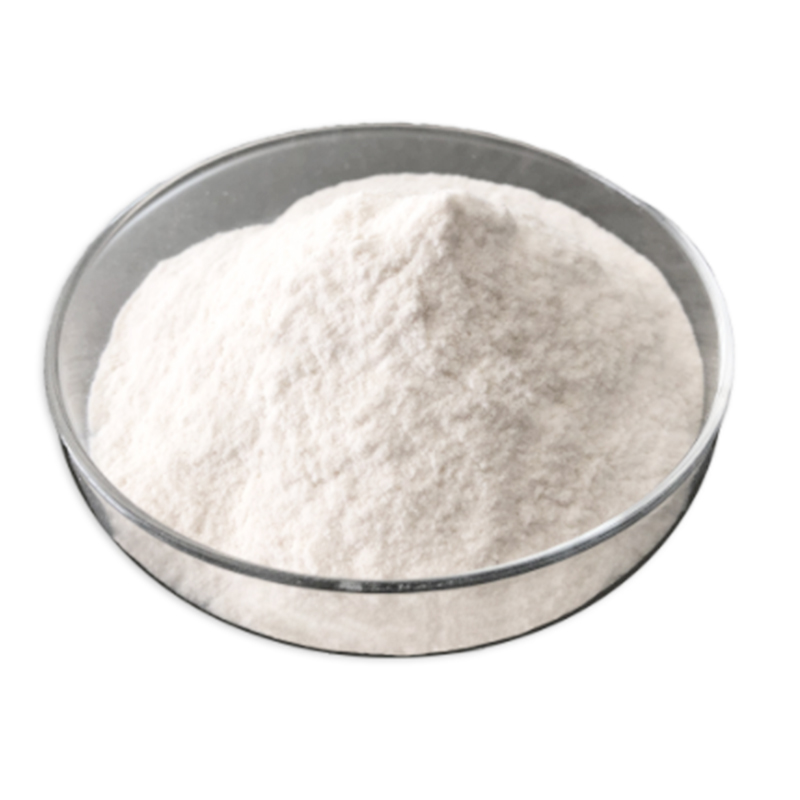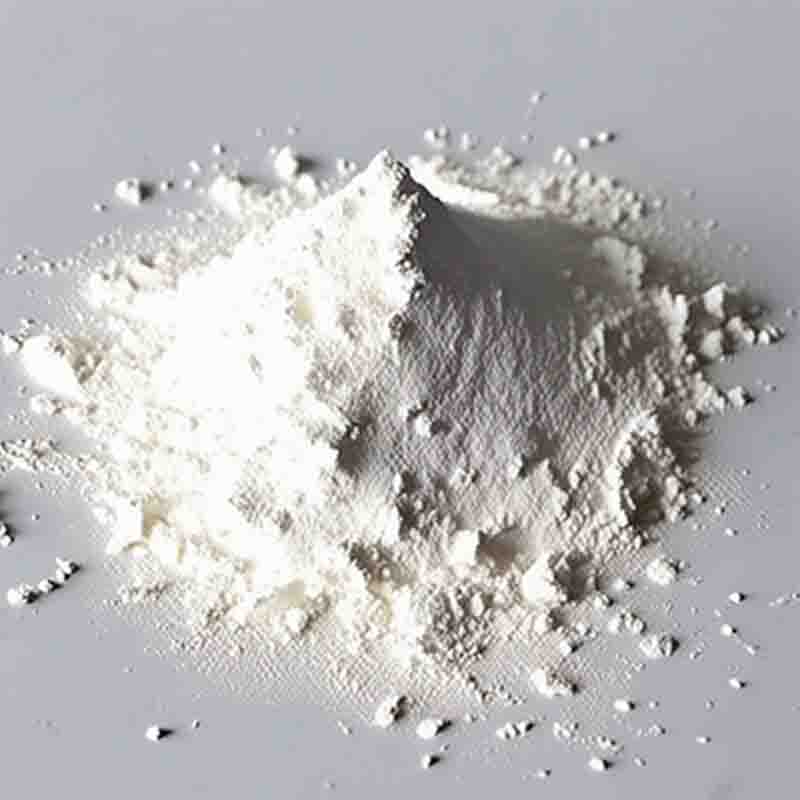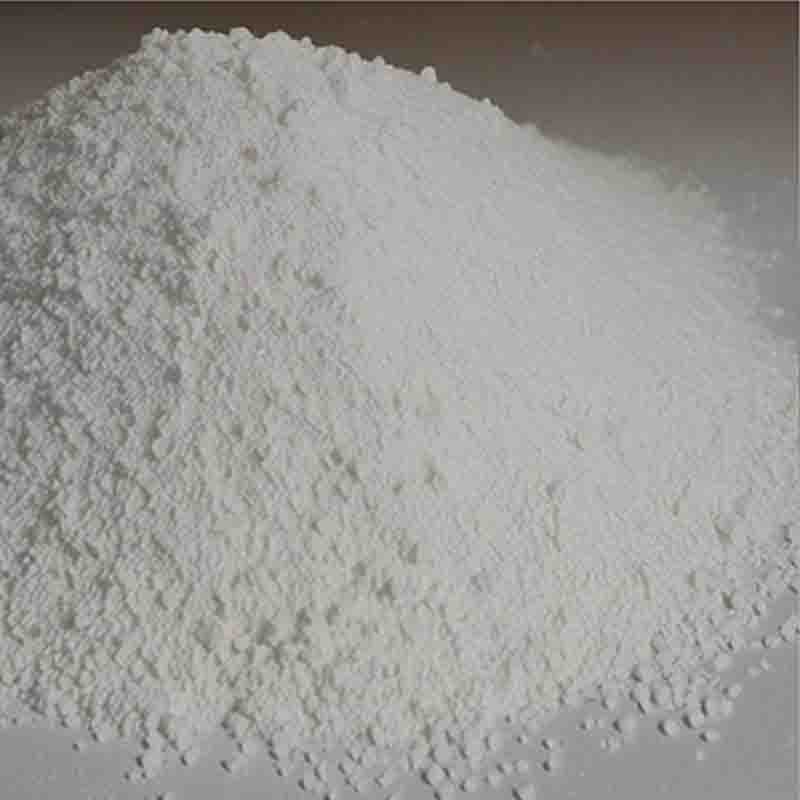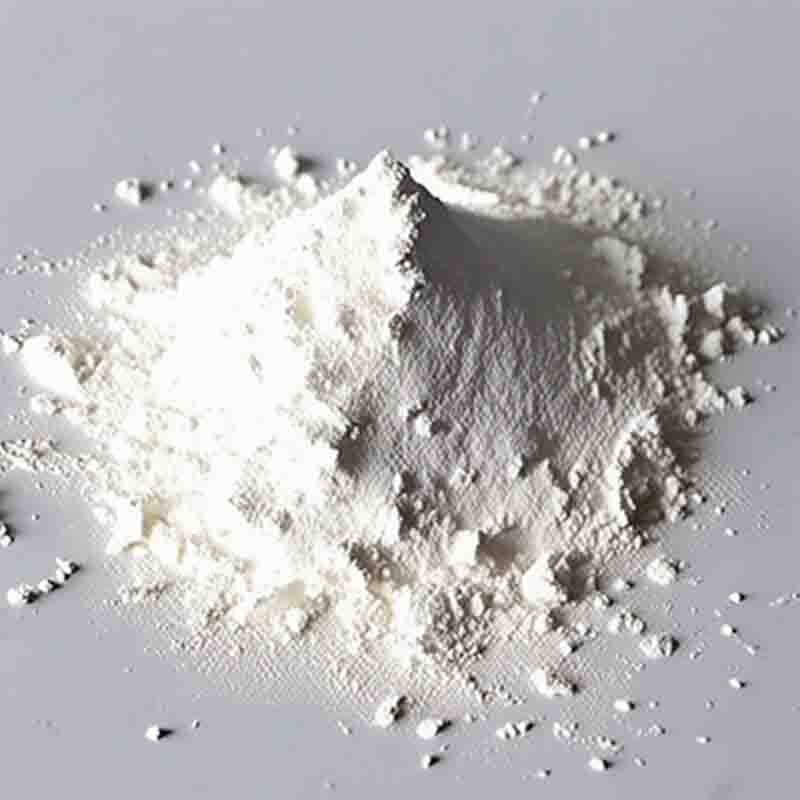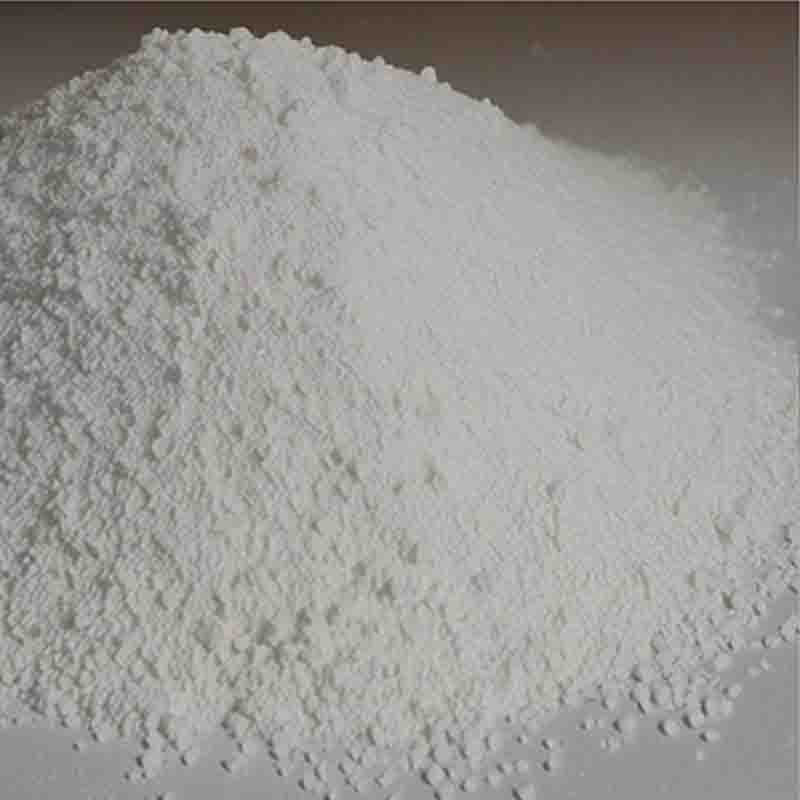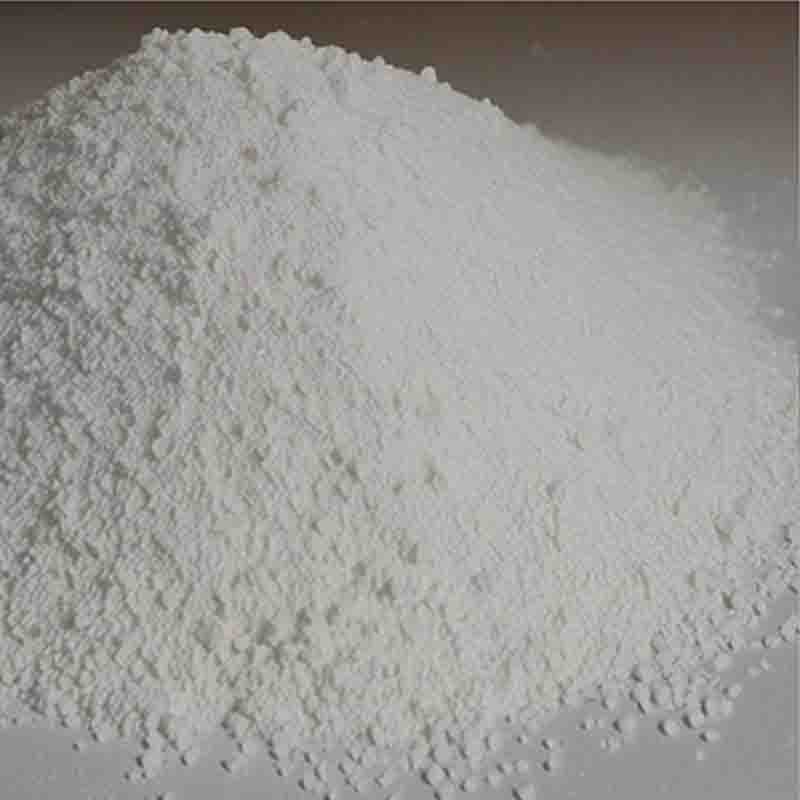Tris(hydroxymethyl)aminoethane CAS:77-86-1
| Catalog Number | XD96450 |
| Product Name | Tris(hydroxymethyl)aminoethane |
| CAS | 77-86-1 |
| Molecular Formula | C4H11NO3 |
| Molecular Weight | 121.14 |
| Storage Details | Ambient |
Product Specification
| Appearance | White powder |
| Assay | 99% min |
Tris(hydroxymethyl)aminoethane, also known as Tris or THAM, is a chemical compound with a wide range of uses and effects. It is commonly used in biochemistry, molecular biology, and medicine due to its ability to buffer solutions and regulate pH levels.
In biochemistry and molecular biology, Tris is often used as a component of buffer solutions to maintain a stable pH level in various experimental procedures. Its ability to resist changes in pH makes it a valuable tool in the laboratory for maintaining the stability and integrity of biological samples and reactions. Tris is also used in protein electrophoresis to create a suitable environment for separating proteins based on their size and charge.
In medicine, Tris is used as a medication to treat acid-base imbalances in the body. It is commonly administered intravenously to patients who are experiencing metabolic acidosis, a condition characterized by an excess of acid in the body fluids. Tris works by binding to excess hydrogen ions and helping to neutralize the acidity, thereby restoring the body's pH balance.
Tris has also been studied for its potential neuroprotective effects in the treatment of traumatic brain injury and stroke. Research has shown that Tris may help to reduce brain swelling and improve neurological outcomes in these conditions, although further studies are needed to confirm its efficacy.
Additionally, Tris has been investigated for its potential role in the treatment of certain types of cancer. Studies have suggested that Tris may enhance the effectiveness of certain chemotherapy drugs by modulating the pH of the tumor microenvironment, making it more difficult for cancer cells to survive and proliferate.
Overall, Tris(hydroxymethyl)aminoethane has a wide range of effects and uses, from buffering solutions in the laboratory to treating acid-base imbalances in the body and potentially playing a role in the treatment of neurological conditions and cancer. Its versatility and potential therapeutic benefits make it an important compound in various scientific and medical applications.


